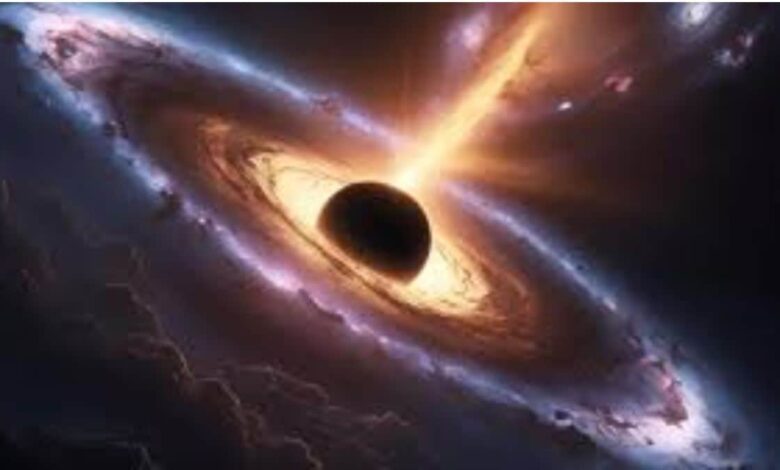Massive Black Hole Merger: Gravitational Waves Discovery

Gravitational Waves Detect Unprecedented Black Hole Merger
Astrophysicists have detected the most massive black hole merger ever observed, sending ripples through the universe in the form of gravitational waves. This groundbreaking discovery, named GW231123, was captured on November 23, 2023, by the LIGO-Virgo-KAGRA (LVK) collaboration during their fourth observing run. The event involved two colossal black holes, one 100 times and the other 140 times the mass of our Sun, colliding to form a new black hole with 225 solar masses. This observation challenges existing theories about black hole formation.
Discovery of GW231123
The LVK detectors, including LIGO in the United States, Virgo in Italy, and KAGRA in Japan, have recorded over 300 black hole mergers since 2015. However, GW231123 stands out due to its sheer mass and rapid spin, making it an exceptional event.
Key Details of the Black Hole Merger
- Date of Detection: November 23, 2023
- Detectors: LIGO, Virgo, KAGRA (LVK Collaboration)
- Initial Black Hole Masses: 100 and 140 solar masses
- Resultant Black Hole Mass: 225 solar masses
Challenging Stellar Evolution Models
According to LVK researchers, the masses of the merging black holes exceed the limits predicted by standard stellar evolution models. Mark Hannam, an LVK researcher, stated that such massive black holes are “forbidden through standard models.” One possible explanation is that these black holes were themselves products of previous mergers, leading to their extraordinary size. Furthermore, at least one of the black holes exhibited a spin rate close to the maximum allowed by general relativity, complicating the interpretation of the signal.
Implications for Black Hole Formation
The discovery of GW231123 raises significant questions about the mechanisms behind black hole formation. The immense mass of the merged black hole suggests that it may have formed through multiple mergers of smaller black holes over cosmic time. This challenges the traditional view that black holes primarily form from the collapse of massive stars.
Comparison with Previous Discoveries
Before GW231123, the record for the most massive merger was held by GW190521, which produced a black hole with 140 solar masses. GW231123 significantly surpasses this, pushing the boundaries of detection instruments and theoretical understanding. Sophie Bini from Caltech noted that this event challenges the limits of our tools.
Significance for Gravitational-Wave Astronomy
GW231123 is a cornerstone observation in the burgeoning field of gravitational-wave astronomy. It has the potential to reshape our understanding of black hole evolution and the dynamics of the universe. Gregorio Carullo, a team member, suggested that while the merger is the most likely explanation, more complex scenarios might also be at play. Further analysis will be required to fully unravel the implications of this event.
Future Research Directions
The analysis of GW231123 will likely take years, as researchers delve into the complexities of the signal and explore alternative explanations for its origin. This discovery will undoubtedly spur further research into black hole formation, merger dynamics, and the evolution of massive objects in the cosmos.
| Feature | Value |
|---|---|
| Event Name | GW231123 |
| Detection Date | November 23, 2023 |
| Initial Masses | 100 & 140 Solar Masses |
| Final Mass | 225 Solar Masses |




